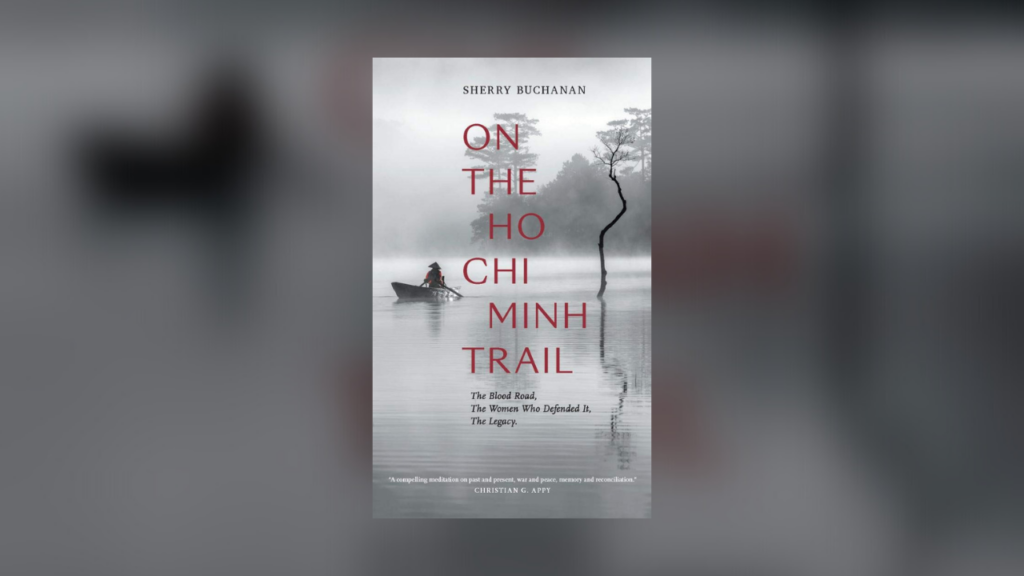by NICK FLORES

On the Ho Chi Minh Trail, by Sherry Buchanan (University of Chicago Press: Chicago, Illinois, 2021)
The U.S. war on Vietnam is one of the most popularly and publicly criticized U.S. wars in the West—perhaps only now being superseded by the wars on Iraq and Afghanistan. Many filmmakers took their shot at a “critical” portrayal of the imperialist conflict—Stanley Kubrick’s “Full Metal Jacket,” Oliver Stone’s “Platoon,” Francis Ford Coppola’s “Apocalypse Now” and so on. Though, the context behind the conflict, what happened during the war, its repercussions, and—most importantly—the Vietnamese people’s perspective all still remain widely misunderstood, misinterpreted, and vastly oversimplified in the minds of the majority of those who live in the belly of the beast (the U.S. empire).
This was the deficit which author Sherry Buchanan purported to, in part, address in her book, On the Ho Chi Minh Trail. The cover insert of the book explains:
“Buchanan reveals the stories of the women who defended the Trail against the sustained American bombing campaign—the most ferocious in modern warfare—and of the artists who drew them. She focuses on what life was really like for the women and men under fire, bringing a unique perspective to the history of the Vietnam War.”
The prospect of approaching the conflict from an art-centered perspective with a focus on the women who were absolutely vital to the trail—and, as such, the triumph of the revolution—was welcome, refreshing and exciting. However, throughout the book the author demonstrates her inability to remove her red-, white- and blue-colored glasses as well as a clear lack of understanding peoples’ liberation movements that struggle against imperialism, ultimately leaving the reader with an experience that is more trite than enlightening.
Toward Freedom for more
